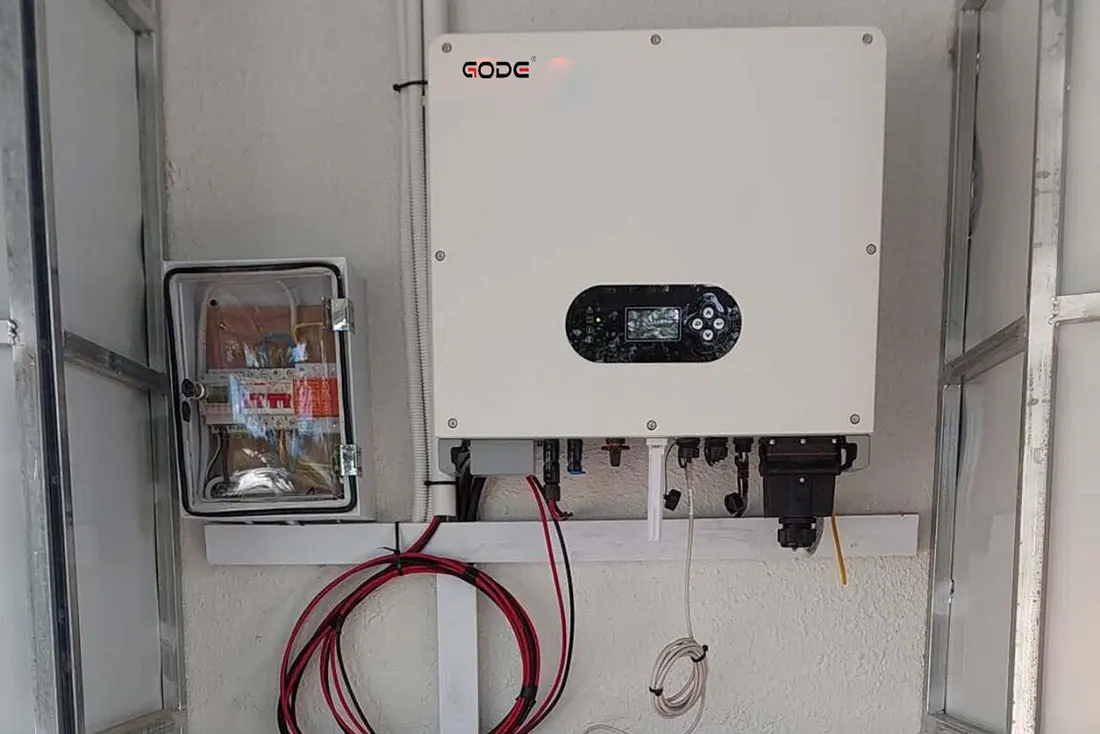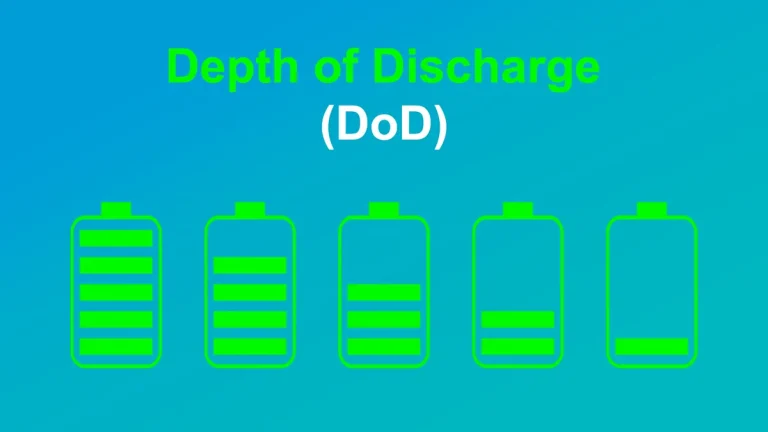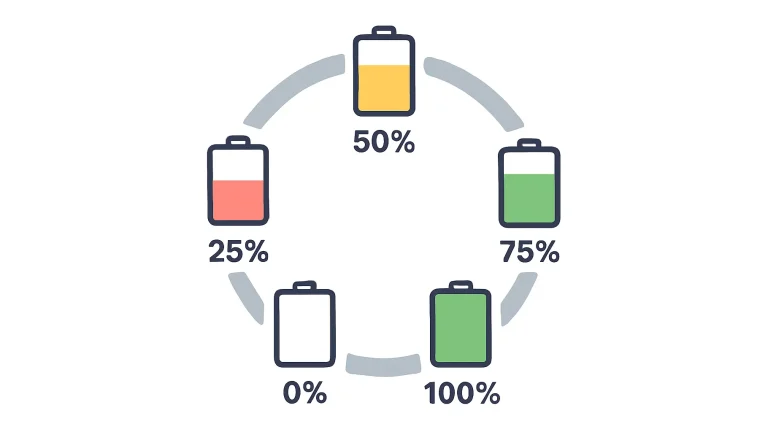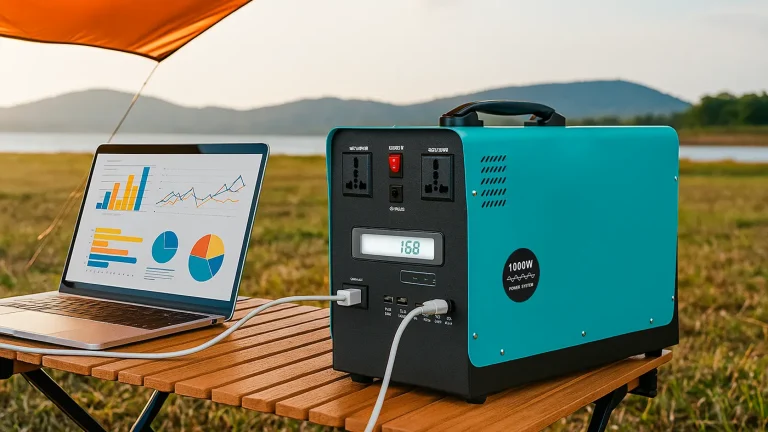6 May, 2025
Solar Inverter Troubleshooting Guide: Common Failures and Quick Solutions
In a photovoltaic (PV) system, the solar inverter plays a crucial role in converting the DC power generated by solar panels into usable AC power. If the inverter malfunctions, it can directly impact the overall system efficiency and electricity production. This article provides a comprehensive analysis of common solar inverter failures and offers precise troubleshooting guidelines to help you quickly locate and resolve issues.
Common Failure Types and Troubleshooting Strategies
1.Inverter Fails to Start
Possible Causes:
- Low input voltage from the PV modules
- Internal hardware failure
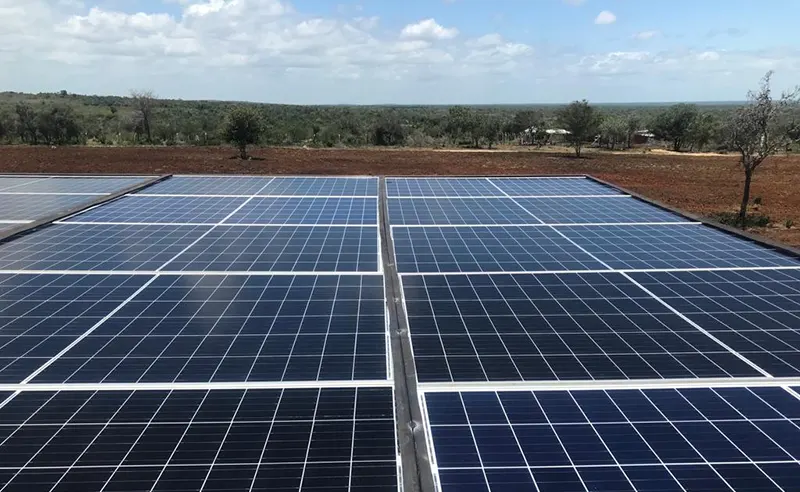
Troubleshooting Steps:
- Measure the input voltage to ensure it meets the minimum startup requirements
- Internal hardware failure
- Check fuses, circuit breakers, and other safety components
2.Input Voltage Too High or Too Low Alarm
Possible Causes:
- Incorrect PV array configuration
- External temperature fluctuations affecting performance
Troubleshooting Steps:
- Test the DC input voltage and adjust the PV array if necessary
- Ensure the wiring system is properly installed and allow adequate ventilation for cooling
3.Frequent Inverter Restarts
Possible Causes:
- Grid instability or temporary power outages
- Overheating within the inverter
Troubleshooting Steps:
- Verify grid voltage and frequency stability
- Inspect the inverter’s cooling system for proper operation
4.Low or No Output Power
Possible Causes:
- Incorrect inverter parameter settings
- Hardware malfunctions

Troubleshooting Steps:
- Reconfigure the inverter settings appropriately
- Update firmware and inspect the hardware for defects
5.No AC Output
Possible Causes:
- Grid power outage
- Activation of the inverter’s self-protection mode
Troubleshooting Steps:
- Check grid connectivity
- Inspect if the emergency protection system has been triggered
6.Islanding Protection Fault
Possible Causes:
- Grid disconnection prompting automatic protection
Troubleshooting Steps:
- Wait for grid restoration; the inverter will automatically reconnect once power is stable
7.Fault Code Alerts
Possible Causes:
- Internal inverter component failures
- Communication module issues
Troubleshooting Steps:
- Refer to the inverter’s manual to interpret fault codes
- Follow the recommended corrective actions, and if unresolved, contact manufacturer support
8.Remote Communication Failure
Possible Causes:
- Communication module defects
- Network device malfunctions
Troubleshooting Steps:
- Verify network connections and ensure the network devices are operational
- Reset or replace the communication module if necessary
Standardized Troubleshooting Workflow
- Inspect inverter status indicators
- Read and interpret fault codes to identify failure types
- Measure input and output voltages and currents
- Check the operating environment to ensure sufficient cooling
- Reboot the inverter and monitor if the issue persists
- Contact technical support if the fault remains unresolved
Solar inverter failures can arise from various sources, but accurate troubleshooting significantly enhances emergency response efficiency. Regular inspection and preventive maintenance of the inverter are highly recommended to ensure the optimal and stable performance of your photovoltaic system.
share



